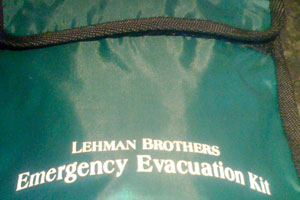A recent Rasmussen poll shows former GOP Congressman (and Lehman Bros. banker) John Kasich leading incumbent Democrat Ted Strickland by seven points in the Ohio governor’s race. I write about this race a lot because it’s a real bellwether. Strickland was elected with 60 percent of the vote in 2006. He’s not quite as unpopular as other Democratic governors in the region—Jennifer Granholm (Mich.), Jim Doyle (Wisc.), Ed Rendell (Pa.), and Chet Culver (Iowa) all have lower average approval ratings than Strickland, who is hovering in the low-to-mid-40s. Kasich, meanwhile, is not a perfect candidate—he has spent time in ever-unpopular Washington and worked at a Wall Street bank. The stakes are high: Both candidates are going to spend huge amounts of money, and the winner will control a crucial swing state when President Obama runs for reelection in 2012.
The winner of the election will naturally have a big hand in Congressional redistricting following the 2010 census. In addition, Ohio’s legislative redistricting commission is composed of the governor, secretary of state, auditor, and two members of the legislature. Whichever party has two of the three non-legislative seats tends to control the redistricting.*
In any case, if Rasmussen is right, and Kasich (who has lower name recognition than Strickland) is already pulling ahead, this might not turn out to be the blockbuster I imagined it would be. If a former Wall Street banker is going to beat an incumbent governor in a walk, the Dems are in even bigger trouble in 2010 than they realize.
*This paragraph has been edited to clarify the distinction between Congressional and legislative redistricting.










